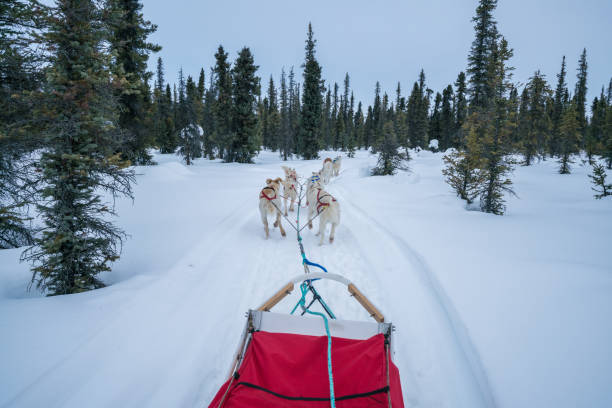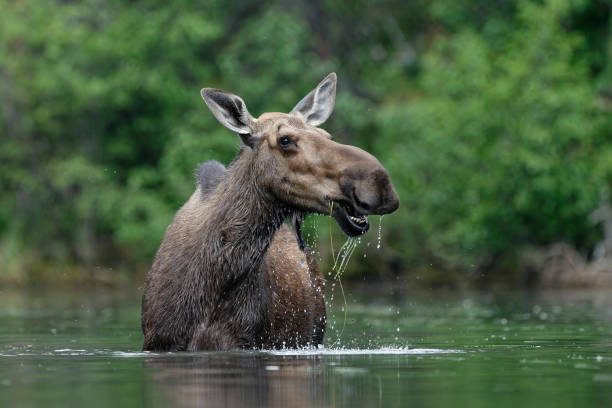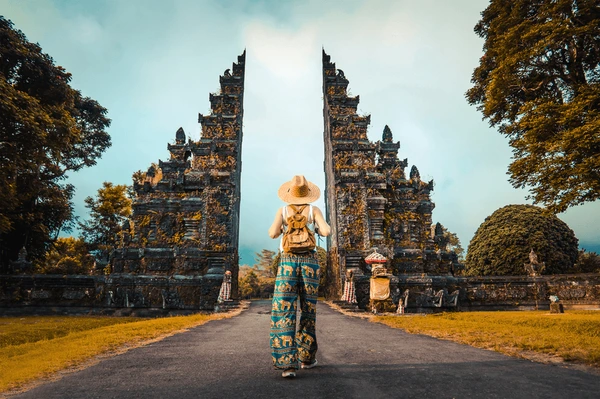What is Whitehorse, Yukon known for?

Whitehorse is a capital of the Yukon well known for beautiful landscapes, crazy outdoor activities and the region’s rich history. Hub for enthusiastic travel, Whitehorse has close connections to Klondike Gold Rush and Yukon river, making it one of the great places to enjoy the region’s culture, make diverse travel activities and explore Yukon past history.
Located on the Yukon River, Whitehorse is the capital of the Yukon and the largest city in Northern Canada. There are some things and facts visitors should understand about region before they pack their backpack. Let’s us dig more about that;
Related Search: Tofino, Canada.
History of Whitehorse

Whitehorse history starts from 1896, when gold discovery took place in this region. During the late 19th century Klondike Gold Rush which began in 1896. During that time, the region got more popular and people tend to visit for gold around the world.
Its strategic location along the Yukon River made it the perfect transportation hub for gold supply and goldfields. But after World War II, Whitehorse became a construction base to the American Army until 1950.
Since the city was named as a Whitehorse on the Yukon River, there are a number of early prospectors of the manes of the white horses that have come into existence. Slowly the region changed from a mining town to a charming travel centre and capital city of Yukon in 1953.
Once the region got travel recognition, visitors came to Whitehorse around the world. There are numerous attractions even today witnessing the most beautiful and mesmerising things to backpackers. Despite its health, trade, education and supportive mining operations, the region boasts historic log buildings such as Old Log Churches and Museums.
What to Do in Whitehorse, Yukon
There are some activities and things visitors may enjoy either with their family, partner or solely.
1. Watch Dog Sledding

One of the foremost things and activities which every visitor has to see is “Dog Sledding” in Whitehorse. Dog sledding is an exhilarating adventure activity where numbers of dogs pull you with power and grace through wilderness. Visitors can choose to ride on the runners or simply sit in the basket; dog sledding carries visitors in most adventure areas of the region in Canada’s Yukon. Choose “Dogs Packed Tights”, it is a winter camping which offers Dog Sledding under the “Northern Light” effects.
2. Visit Yukon Wildlife Preserve

Iconic attraction in Whitehorse, Yukon, located just 25 minutes from downtown Whitehorse. Yukon Wildlife Preserve is a place where visitors are fortunate to spot 11 unique species of Mammals and experience snow oriented activities. Visitors can walk, ski, biking or snowshoeing under its 5 km viewing loop inorder to watch Yukon Mammals. 700 acres of wildlife home to moose, bison and bears as well as a centre for the injured wild animals. Never skip to be a part of the walking trails programs and do not forget to capture regions best scenic views.
3. Enjoy the Views of Northern Lights

Enjoy the views of the Northern Lights perhaps the most mesmerising and stunning things in Whitehorse activity. Aurora Borealis is a natural light show appearing between mid-august to Mid-April in Whitehorse. Since Whitehorse and Yukon are directly under Aurora Oval, help to capture the view of lights in more visible. Northern Lights are often associated with the winter season when visitors can easily explore its magical viewing and fluctuations of color. Summer months are not very friendly to watch the northern lights and 10 pm to 3 am is the ideal time to watch Aurora Borealis.
4. Explore Kluane National Park and Reserve

A UNESCO World Heritage Site, Kluane National Park and Reserve is Canada’s largest non-polar ice fields in the world. Offers the region’s best stunning mountain scenery, hiking trails and diverse wildfires, making it one of the underrated landmarks in Canada for nature lovers. Established in 1972, the region is filled by the glaciers, ice fields and snow covered regions where Dall sheep, Red Fox, Mountain Goats, Caribou, Wolves, Grizzlies and Black Bears are more common animals.
5. Discover the Elsa Mine

Elsa Mine is a 1960’s historical booming Mining town, is a place of the many industrial buildings and mining locations. Nested in the Canadian tertiary of Yukon, just 97 miles away from the Silver Trail. Elsa Mine is a former privately owned mining town that exhibits bustling mining activity and deposits of silver, lead and zinc. Never miss to take a leisurely stroll amidst the town to learn about the mining history of the region.
5 Fun Facts about Whitehorse, Yukon
Some interesting and fun facts about Whitehorse which makes us discover and explore more about Whitehorse, Yukon. Let’s see what they are;
1. Perfect Place to see the Beauty of Northern Light. Whitehorse is an ideal location to capture panoramic views of the Aurora Borealis or Northern Lights, especially during Winter Season.
2. Yukon River is the longest river among the other Canadian Rivers. The Yukon River stretches over 3,000 kilometres, which flow through Whitehorse making it one of the longest rivers in Canada.
3. Interesting Summer midnight Sun. Yes, Whitehorse is a kind of place where visitors experience nearly hours of daylight, which helps us to spend more time in outdoor activities at night.
4. Home to indigenous communities. Places like Whitehorse in Canada offer various cultures and community involvements from its ancient cultural roots by the Kwanlin Dun First Nation and Ta an Kwach an Council tribes.
5. Whitehorse, Yukon is one of the world’s rarest sites where mining towns are converted into tourist destinations. Destinations like Falun, Sweden, Bolivia, and Potosi are once major copper, silver and Springhill mines.
Whitehorse Weather
1. Winter
Winter offers average temperatures of -15℃ to -25℃. Whitehorse witnesses heavy snowfall during winter, starting from December which typically lasts from late February. Winter witnesses limited daylight and only a few hours of sunlight. During winter visitors are more fortunate to get a perfect view of the northern lights.
2. Spring
From March to May Whitehorse witnessed the spring season when temperature rose from -5℃ to 10℃. During spring the region starts to melt snow and also witnesses a mix of rain and snow during the transitional period. Spring offers long day times, approximately 16 hours of daylight.
3. Summer
Ranging from 20℃ to 25℃ temperature in Whitehorse making it more wild and moderate humid conditions. Sometimes the temperature also reaches 30℃ in summer times. June to August, summer witnessing occasional rains with thunderstorms and showers, making it the wettest season.
Related Articles: Banff National Park Hotels.



